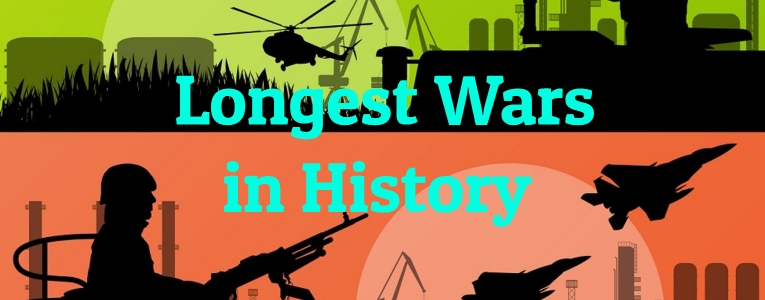Wars are always messy and costly, and some can drag on for great lengths of time if neither side will give in. A great number of wars throughout history have been fought over territorial disputes, spreading cultural influences, and religious disagreements. While some are resolved in just a few months or years, others can continue for decades or even centuries!
Today, let’s look at 10 of the longest wars in human history and rank them according to how many years they lasted. We’ll also learn a little bit about the driving forces and effects of each one.
-
Mexican Indian Wars
Dates: 1519-1933
Location: Mexico and surrounding areas
Notable Figure: Francisco Vásquez de Coronado
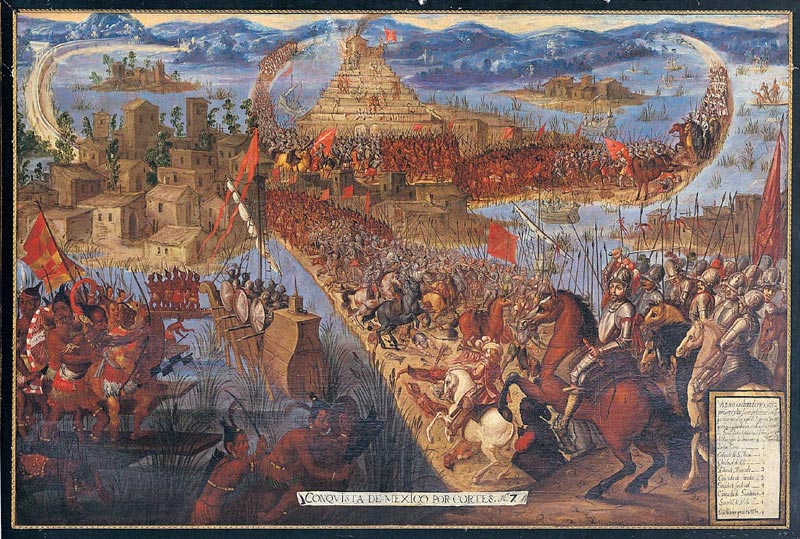 Source: wikimedia.org
Source: wikimedia.org
The Mexican Indan Wars refer to a series of conflicts between Spanish conquerors and the indigenous peoples of Mexico and the surrounding areas. The first conflicts broke out when Hernán Cortés fought to conquer the Aztec Empire, and the resulting wars spread throughout Central America and what is now the Southwestern United States until they concluded with the Caste War of Yucatán.
Did you know?
Spanish conquistador Nuño Beltrán de Guzmán was considered very brutal in how he handled conflicts and treated surviving Natives.
-
Arab-Byzantine Wars
Dates: 629-1180
Location: Mediterranean Europe
Notable Figure: Islamic Prophet Muhammad
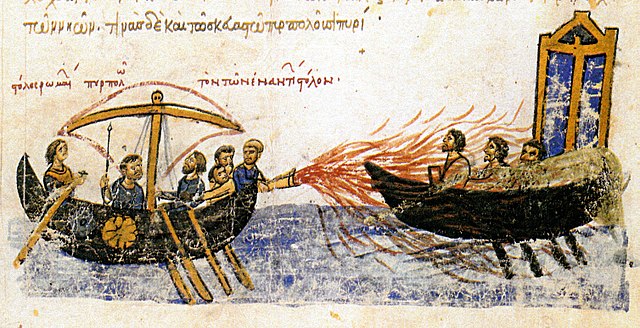 Source: wikimedia.org
Source: wikimedia.org
The very first of the Arab-Byzantine Wars actually took place under the guidance of Islamic Prophet Muhammad, who was responsible for unifying the Arabian Penninsula under Muslim rule. It was only through extreme adaptability in lifestyle and military tactics that the Byzantines were able to survive such a long period of war.
Did you know?
Muhammad caught wind of rumours that Byzantine forces were making preparations to invade Arabia and led forces to Tabouk to fight them off–only to find that they Byzantines had already backed out.
-
Croatian-Ottoman
Dates: 1443-1878
Location: Kingdom of Hungary-Croatia
Notable Figure: King Vladislaus II of Hungary
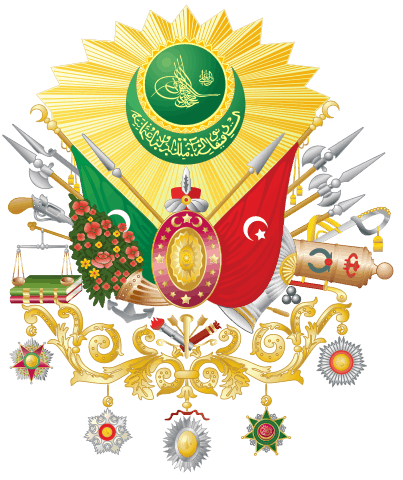
Source: wikimedia.org
Plenty of people are familiar with the Hundred Years’ Croatian–Ottoman War, but that was merely one period in an ongoing 435-year series of conflicts that wore on between the Ottoman Empire and the Kingdom of Croatia. The Croatian Kingdom suffered greatly at the hands of the Ottomans and endured many defeats in battle, but the Croation people and their culture persist and sustain to this day.
Did you know?
The Croatian-Ottoman Wars are said to have ended with the Balkan Wars finally pushing the Ottoman presence out of the peninsula in 1913.
-
Serbian-Ottoman Wars
Dates: 1312-1918
Location: Balkan Peninsula
Notable Figure: Mikhail Chernyayev
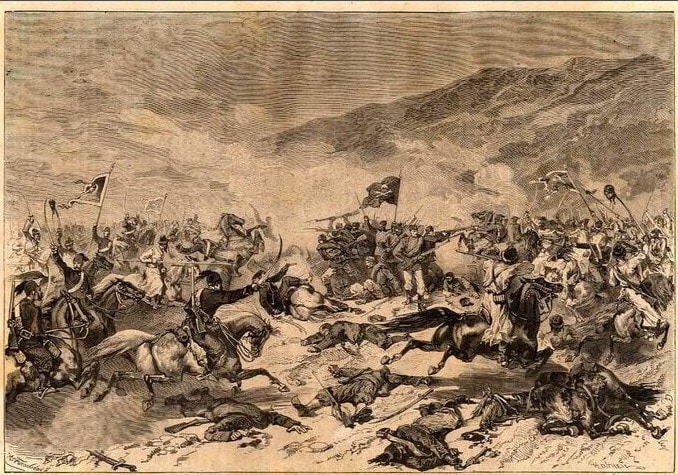 Source: wikimedia.org
Source: wikimedia.org
The Serbian-Ottoman Wars overlapped significantly with the Croatian-Ottoman Wars, especially during the later conflicts that strove to preserve independence for the Balkan Peninsula. Serbia played a key role in supporting the uprising in Bosnia and Herzegovina, eventually emerging on the other side of the conflict in 1878 with independence from the Ottoman Empire.
Did you know?
The Serbian involvement in the Balkan Peninsula’s resistance against Ottoman aggression is also known as the Serbian Wars for Independence.
-
Bulgarian-Ottoman
Dates: 1304-1914
Location: Balkan Peninsula
Notable Figure: Ivan Alexander
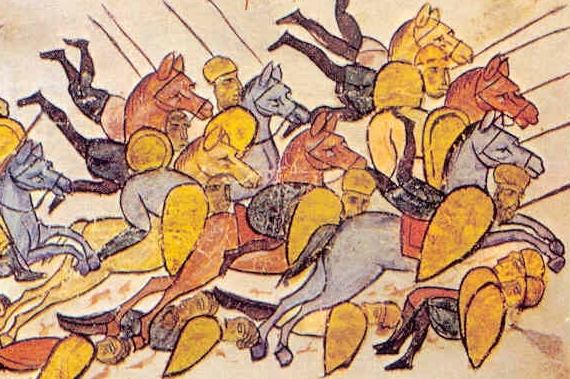 Source: wikimedia.org
Source: wikimedia.org
The already-divided Second Bulgarian Empire suffered extreme hardship before falling prey to the Ottoman aggression in the Balkan Peninsula. The ripples of the uprising in Bosnia and Herzegovina spread to Bulgaria the very next spring in 1876, and the brutal acts of force that the Ottomans exerted to choke out the resistance are now referred to as the Bulgarian Horrors.
Did you know?
The undisciplined, mercenary fighters known as bashi-bazouks were said to be some of the cruelest aggressors in the Bulgarian Horrors.
-
Byzantine-Bulgarian Wars
Dates: 680-1355
Location: Balkan peninsula
Notable Figure: Khan Krum
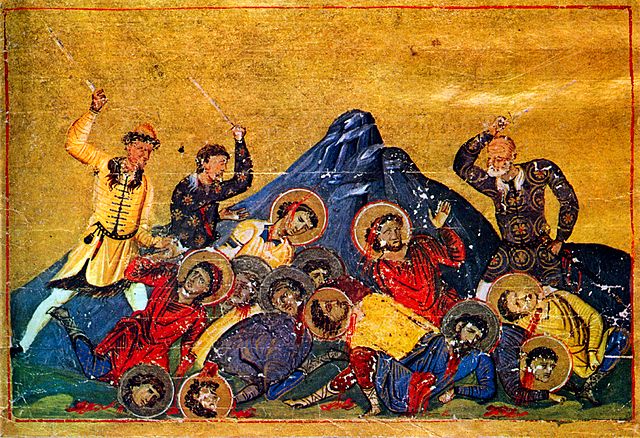 Source: wikimedia.org
Source: wikimedia.org
The earliest roots of this far-reaching war can be traced all the way back to the fifth century when the Bulgars, a nomadic, warlike group of semi-nomadic Turkic tribes, began to settle in the Balkan Peninsula. Existing tension was exacerbated when the Bulgarian Empire pushed to expand its influence in the Balkans in the year 680.
Did you know?
Krum the Fearsome, Khan of Bulgaria, led his people to a series of victories that paved the way for his son to negotiate a temporary peace treaty after his death in 814.
-
Germanic Wars
Dates: 113BCE-569CE
Location: Western Europe
Notable Figure: Julius Caesar
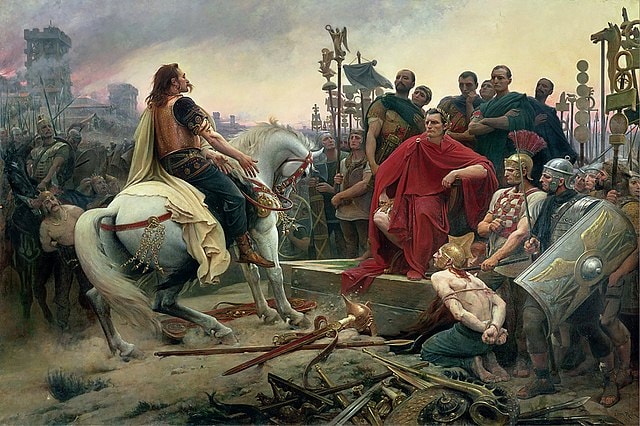 Source: wikimedia.org
Source: wikimedia.org
The Germanic Wars refer to the extremely long, ongoing series of conflicts between the Germanic tribes and the Romans. Many of these conflicts were both territorial and religious in nature, and were very draining on both sides of the war. In fact, the consistent wear and tear of the Germanic Wars is said to have been a key element in the eventual downfall of the Western Roman Empire.
Did you know?
A Germanic tribe known as the Lombards engaged in territorial conflicts from 568 to 750 by invading Italy and annexing portions of it.
-
Anglo-French War
Dates: 1193-1898
Location: Western and Mediterranean Europe
Notable Figure: King Henry VIII
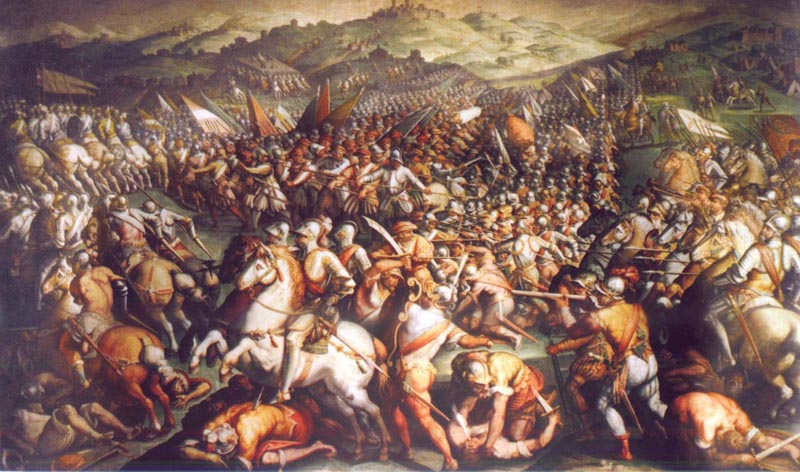 Source: wikimedia.org
Source: wikimedia.org
This extensive war all began with William the Conqueror overtaking England. After he secured his new position as the King of England, a near-endless series of conflicts between the royal French and English families began, most of which centered around territorial and border disputes.
Did you know?
The infamous King Henry VIII took up arms against the French several times during the early 1500s, but these decisions turned out to be highly expensive and unpopular.
-
Persian-Roman Wars
Dates: 92 BCE-629 CE
Location: Mediterranean Europe
Notable Figure: Vologases IV
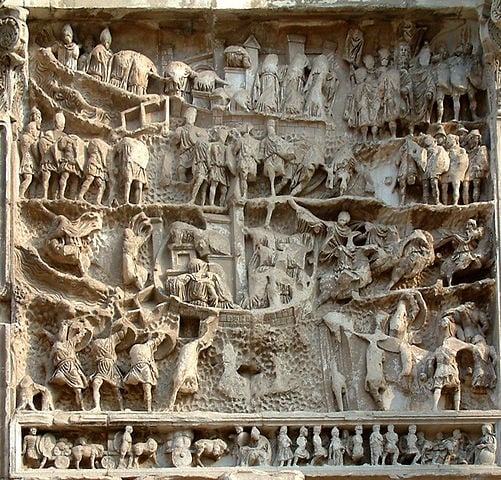
Source: wikimedia.org
Also known as the Roman–Iranian Wars, this stretch of war broke out between the successive Parthian and Sasanian Iranian empires and the Greco-Romans. The hostility between the Persians and Romans was simply territorial at first, but soon took on a religious edge as their belief systems clashed as well.
Did you know?
Vologases IV of Parthia, who ruled the Parthian Empire from 147 to 191, first butted heads with Rome over who would keep rule over the Kingdom of Armenia.
-
Iberian Religious Wars (Reconquista)
Dates: 711CE-1492
Location: Iberian Peninsula
Notable Figure: King Pelayo
 Source: wikimedia.org
Source: wikimedia.org
The Iberian Religious Wars, or Reconquista, constituted the longest war in history. This long period of war is usually said to have started with the Battle of Covadonga. The Battle of Covadonga was led by nobleman Pelagius and was the first Christian victory against the Muslim forces that had forced their way into the Iberian Peninsula. A great deal of conflict ensued, with numerous Moorish strongholds falling throughout the course of the 13th century.
Did you know?
By approximately the year 1480, the religious wars had pushed Ferdinand II of Aragon and Isabella I of Castile to begin what would later become known as the Spanish Inquisition.
